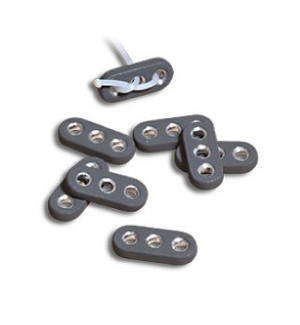The Almedina is a handmade instrument inspired by the guitars of the great Spanish tradition that were produced up to the Second World War, and as such it has all the physical and musical characteristics of those instruments:
• LIGHTNESS
• DIMENSIONS
• FLEXIBILITY
• SENSITIVITY
• EXTENSION OF THE DYNAMIC RANGE TO PIANISSIMO
• DEEP BASSES AND BRILLIANT TREBLES
• EXCEPTIONAL PROJECTION
It is made entirely by hand according the rules of the most classical tradition of guitar making. In its materials, too, we find the most traditional kinds of wood for the back and ribs, the use of only spruce for the soundboard, cedar for the neck and rosewood for the fingerboard.
The choice of woods is determined wholly by acoustic factors, as are the ‘ingredients’ employed in construction. The only glue used in assembling the entire instrument, for example, is the traditional bone glue – the glue of choice for handmade instruments – while the varnish is shellac, another natural material indispensable to the construction of musical instruments.








